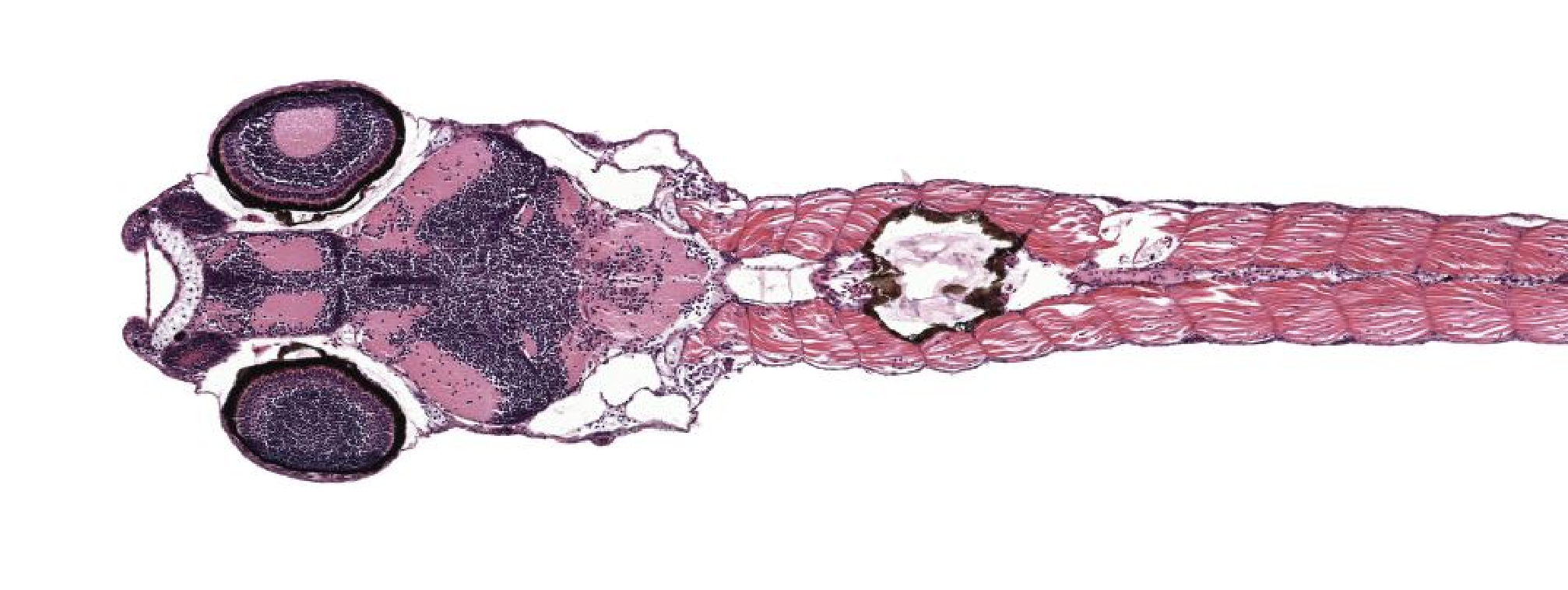Research focus
Genetics of pigmentation
Ecotoxicology
3D Microanatomical Atlas
About Us
Welcome to our interdisciplinary biological sciences research group. We are a dynamic and inquisitive team dedicated to unraveling the intricate connections between genetics, development, and environmental health. Our research is centered on three core areas: the genetics of pigmentation, the development of 3D microanatomical atlases, and ecotoxicology. To explore these fascinating questions, we primarily utilize the powerful model organisms, the zebrafish (Danio rerio) and the water flea (Daphnia).
Our work on the genetics of pigmentation seeks to understand the fundamental genetic and molecular pathways that control skin pigmentation. Pigmentation is a powerful model for studying gene function and evolution, and it can also serve as a visible indicator of an organism's health and response to environmental stressors.
To visualize and analyze complex biological structures, our lab is actively engaged in 3D microanatomical atlasing. We develop and utilize advanced imaging techniques to create detailed, multi-dimensional maps of our model organisms. These atlases provide an invaluable framework for understanding normal development and for identifying subtle anatomical changes that may occur in response to genetic mutations or environmental contaminants.
The third pillar of our research is ecotoxicology, where we investigate the effects of environmental pollutants on aquatic life. By exposing our model organisms, Daphnia and zebrafish, to various substances, we can assess their toxicity and begin to understand the molecular and physiological mechanisms of their impact. Both Daphnia and zebrafish are excellent indicator species for environmental stress due to their sensitivity to pollutants and their well-characterized genetics.
Our research is highly interdisciplinary, integrating approaches from genetics, developmental biology, toxicology, and computational biology. By studying how the genetic blueprint for pigmentation is expressed and how it can be altered by environmental factors, and by visualizing these changes in a three-dimensional context, we aim to gain a deeper understanding of the complex interplay between genes and the environment. We are passionate about our work and committed to contributing to both fundamental biological knowledge and the development of new tools for assessing environmental health.




